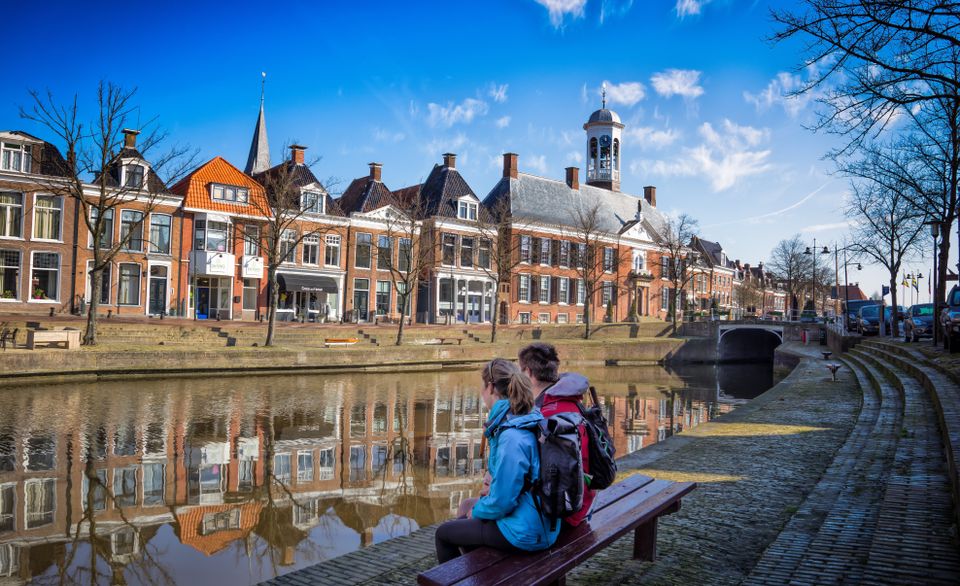Location
353 to 384 of 973 results
-
Twijzelermieden - Ald Dyk- vogelkijkhut
Twijzelermieden - Ald Dyk- vogelkijkhut Kootstertille
Kootstertille -
Watersportvereniging "De Westerein e.o."
Watersportvereniging "De Westerein e.o."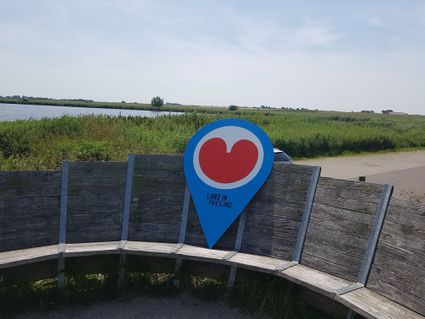 De Westereen
De Westereen -
St Vitus church Wetsens
St Vitus church Wetsens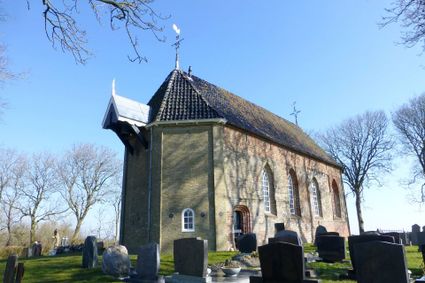 WETSENS
WETSENS -
Plasjes langs de N31, Harlingen - Vogelkijkpunt
Plasjes langs de N31, Harlingen - Vogelkijkpunt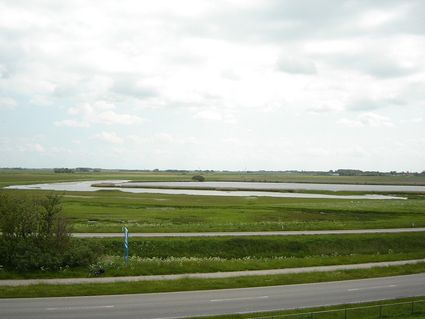 Kimswerd
Kimswerd -
It Set
It Set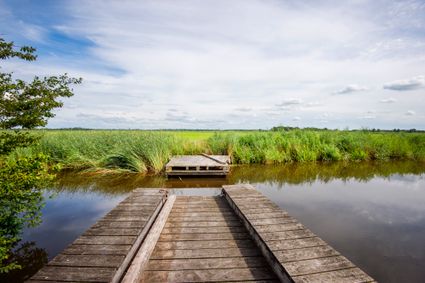 Gytsjerk
Gytsjerk -
Kunstwerk de Flaaksrûpelers
Kunstwerk de Flaaksrûpelers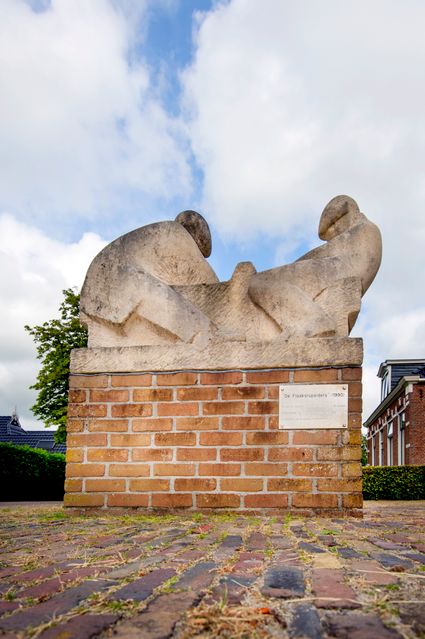 Mûnein
Mûnein -
Uitkijktoren De Reiddomp
Uitkijktoren De Reiddomp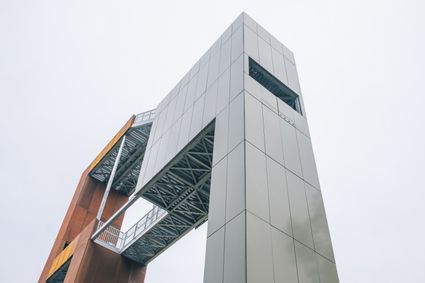 Kollumerpomp
Kollumerpomp -
it Dreamlân ecolodge
it Dreamlân ecolodge Kollumerpomp
KollumerpompDirect boekbaar
-
Veerpont Lauwersoog
Veerpont Lauwersoog Lauwersoog
Lauwersoog -
Zen aan Zee
Zen aan Zee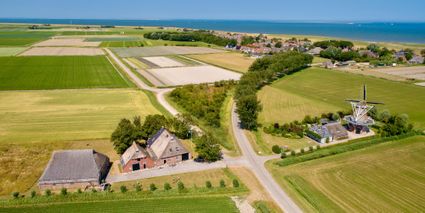 Paesens
Paesens -
Ternaard (Ternaard)
Ternaard (Ternaard)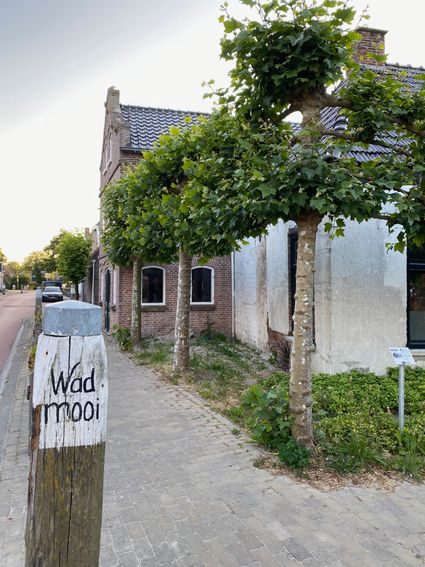 Ternaard
Ternaard -
Vakantiehuis De Keet
Vakantiehuis De Keet Warten
Warten -
Toeristisch Informatie Punt Lauwersoog
Toeristisch Informatie Punt Lauwersoog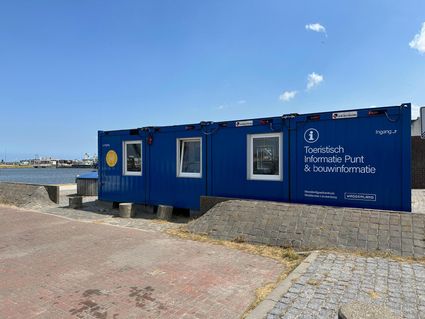 Lauwersoog
Lauwersoog -
De Doopsgezinde Vermaning Leeuwarden
De Doopsgezinde Vermaning Leeuwarden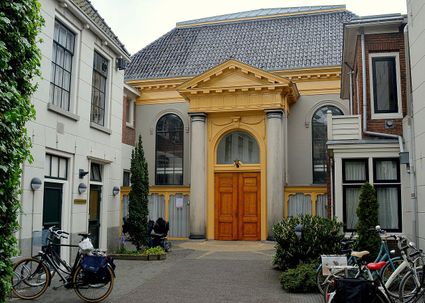 Leeuwarden
Leeuwarden -
Villa Nova
Villa Nova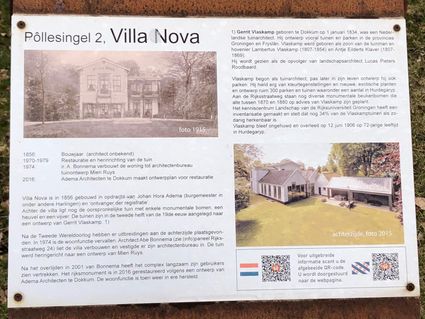 Hurdegaryp
Hurdegaryp -
Camping Zwanenburg
Camping Zwanenburg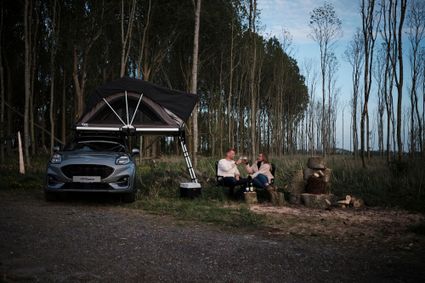 Jislum
Jislum -
Miensker
Miensker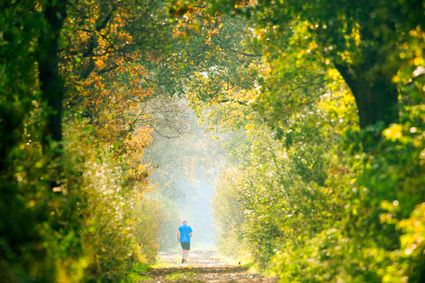 Burgum
Burgum -
Ryptsjerksterpolder - Uitzichtplateau
Ryptsjerksterpolder - Uitzichtplateau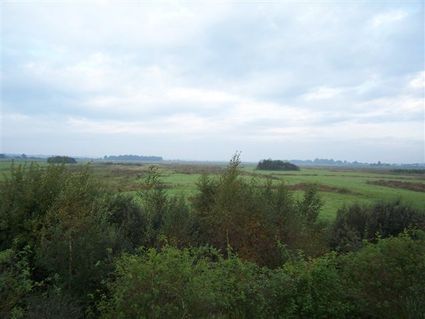 Ryptsjerk
Ryptsjerk -
SUP Centre Fryslân
SUP Centre Fryslân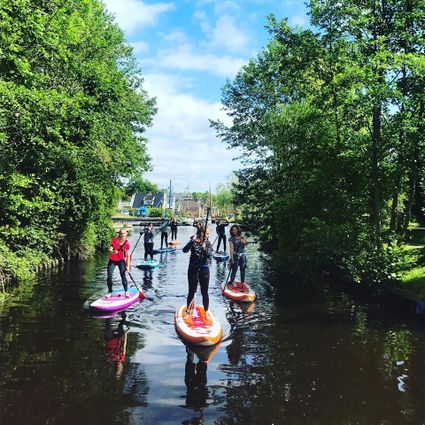 Rottevalle
Rottevalle -
Allemastate
Allemastate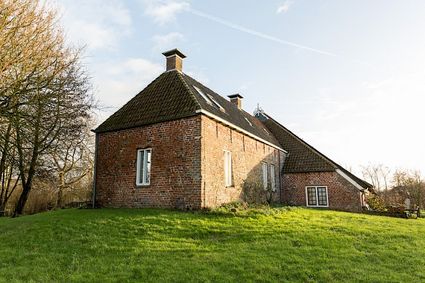 Oudwoude
Oudwoude -
Hotel Pub Restaurant de Posthoorn
Hotel Pub Restaurant de Posthoorn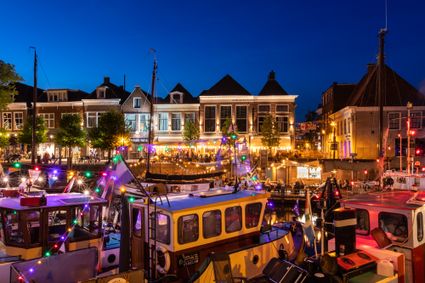 Dokkum
Dokkum -
Armenhuis Noardburgum
Armenhuis Noardburgum Noardburgum
Noardburgum -
Strandheem Lake and Leisure Park
Strandheem Lake and Leisure Park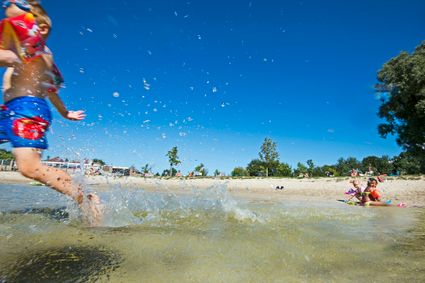 Opende
Opende -
The liberation of Friesland 1
The liberation of Friesland 1
In early April, it became clear that the liberation of Friesland was imminent. Although the province had not suffered a real Hunger Winter like other parts of the Netherlands, there were severe shortages of just about everything. And the terror of the occupying forces was growing. This also led to increased resistance against the occupying forces. The battle between the two was tougher than ever in early 1945.
In Friesland, assault groups known as Knokploegen (KP) were responsible for most acts of resistance. But there were other groups too. On the orders of the Dutch government in London, all these groups were merged into the Dutch Domestic Armed Forces (NBS). In Friesland, this happened on 12 December 1944.
The NBS, popularly referred to as the BS, gave the armed resistance an organisation with a clear structure. The NBS was also supposed to play a role in the upcoming liberation. To this end, resistance groups were provided with weapons from autumn 1944. These were dropped from the air.
On 8 April, Radio Orange broadcast the message "The bottle is empty." This was the signal for the NBS to start carrying out sabotage operations 36 hours later. The aim was to make it as difficult as possible for the Germans to defend themselves against the approaching Allied forces.
The resistance did this by putting bridges and railways out of order, blocking waterways and blocking roads. The response of the occupying forces was ruthless. In retaliation, dozens more prisoners were shot at different times and places.Once the Canadians entered Friesland on 12 April, they were supported extremely effectively by the Frisian resistance. Because it was superbly organised, they were able to help the Canadians take control of important bridges, repair damaged bridges, and advise on the most favourable route.
By 18 April, the whole province was liberated except for the Wadden Islands (these were liberated in late May and in June). Compared to other provinces, there was little fighting in Friesland. Overall, the few thousand German troops who had been unable to flee Friesland were defeated by the Canadians relatively quickly.
The commander of the Royal Canadian Dragoons, Lieutenant Colonel Landell, praised the actions of the resistance by stating "Friesland liberated herself." While that may be a bit of an exaggeration, the actions of the Frisian resistance undoubtedly accelerated the liberation. And reduced the number of casualties on the Allied side.
In confrontations with German troops and their Dutch accomplices, at least 31 resistance fighters lost their lives. On the Allied side, at least eleven Canadians and one Frenchman were killed. The fighting and shelling also resulted in dozens of civilian casualties. The number of casualties on the German side is not known, but probably ran into the hundreds. With 320 houses destroyed and 4,000 damaged and 80 bridges destroyed, Friesland was materially the least damaged province in the Netherlands.
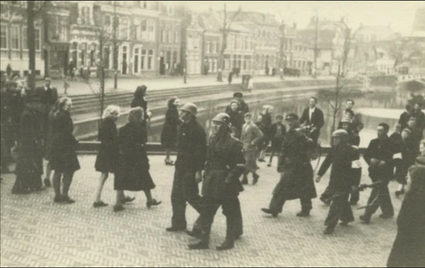 Willemsoord
Willemsoord -
Het Lage Noorden
Het Lage Noorden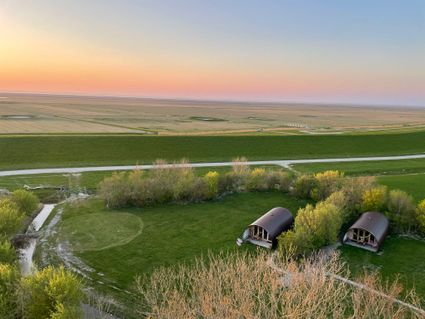 Marrum
Marrum -
De Oare Keamer
De Oare Keamer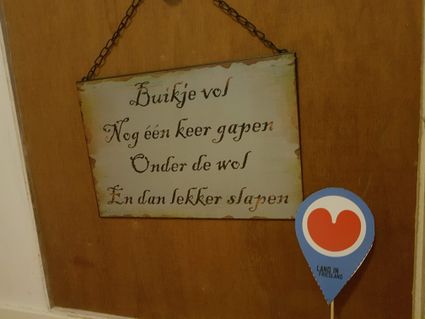 Kollum
Kollum -
Bootverhuur Eernewoude
Bootverhuur Eernewoude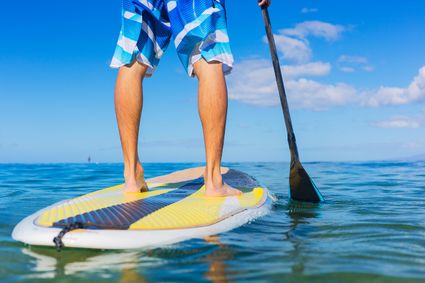 Eernewoude
Eernewoude -
Eethuis de Waegh
Eethuis de Waegh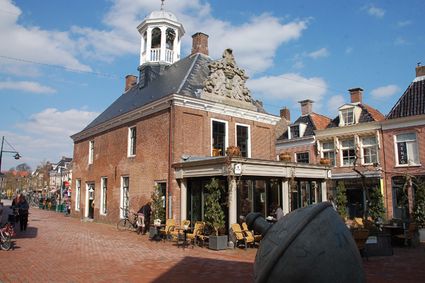 Dokkum
Dokkum -
Italiaans restaurant Porto Casa
Italiaans restaurant Porto Casa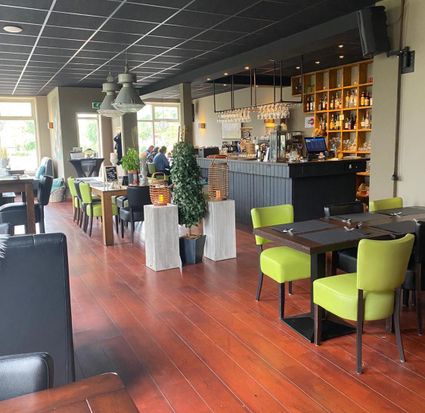 Earnewâld
Earnewâld -
Toutenburger bos
Toutenburger bos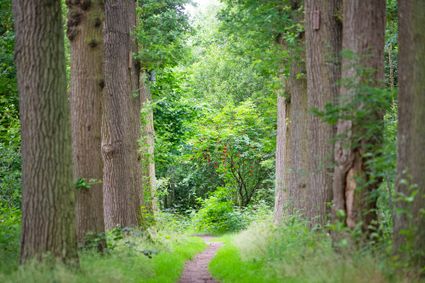 Noardburgum
Noardburgum -
Koetshuis & Biologische Boerderij de Hoop
Koetshuis & Biologische Boerderij de Hoop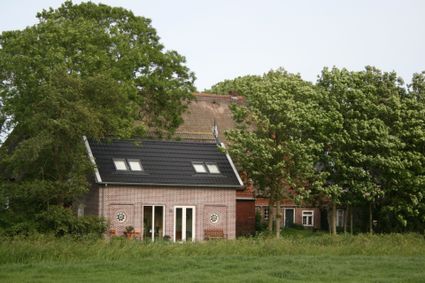 Hiaure
Hiaure -
Dijktempel (dike temple) at Marrum
Dijktempel (dike temple) at Marrum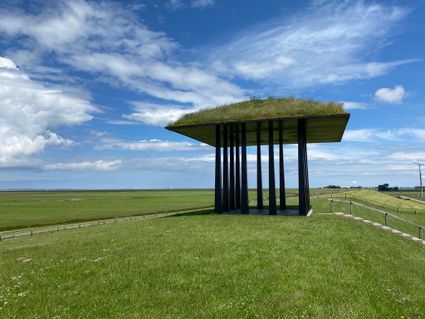 Marrum
Marrum
